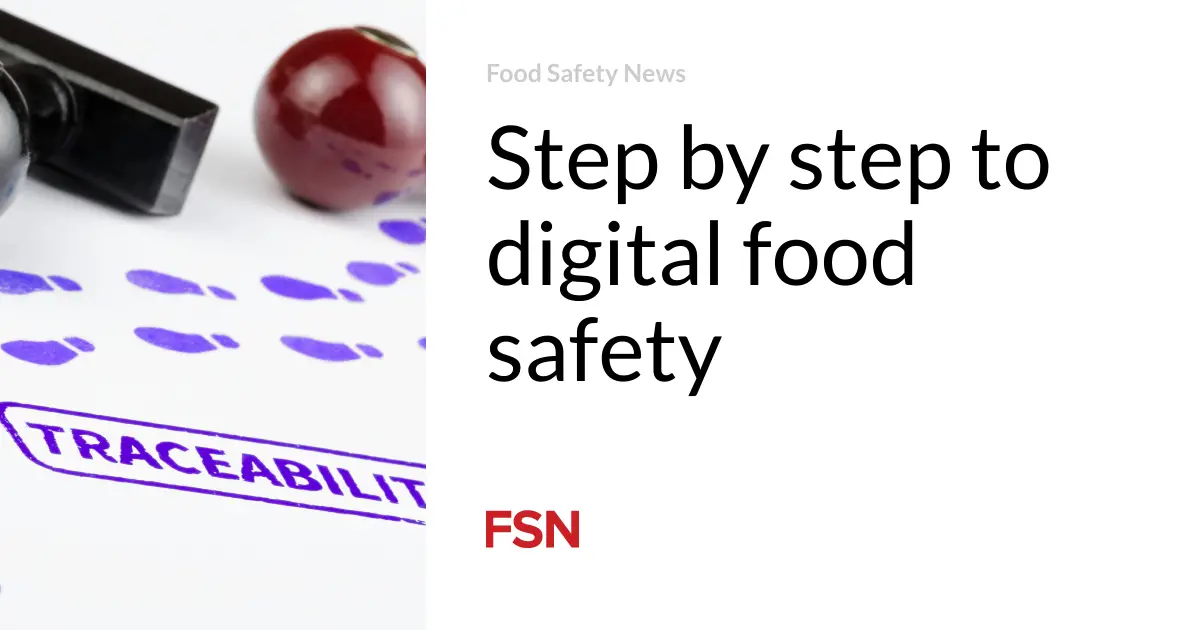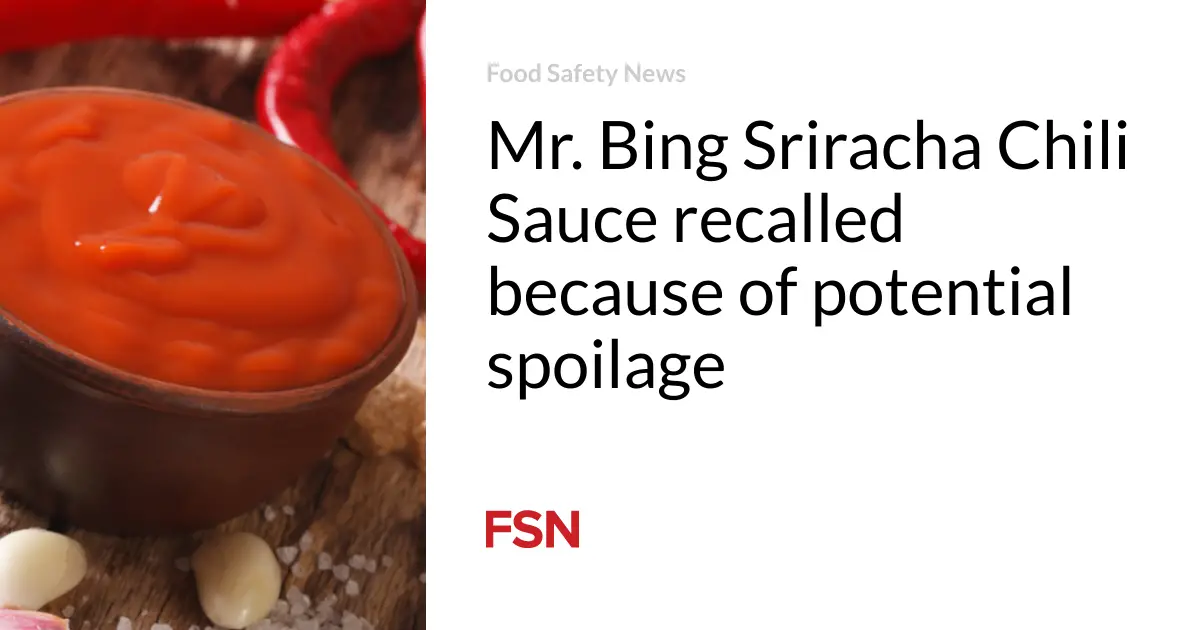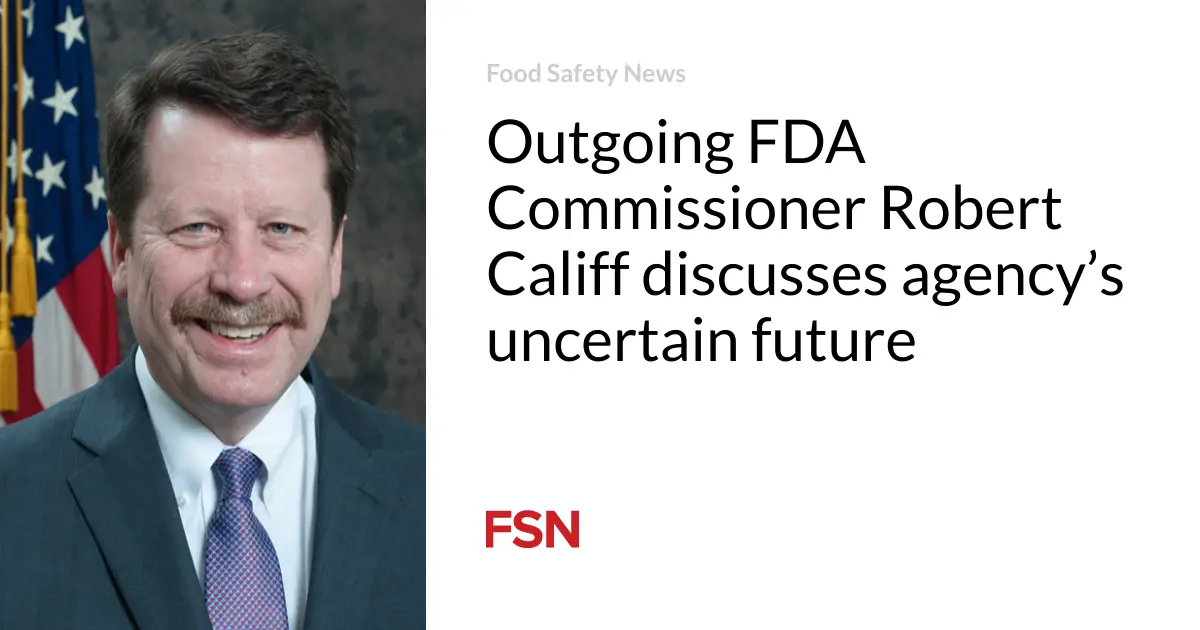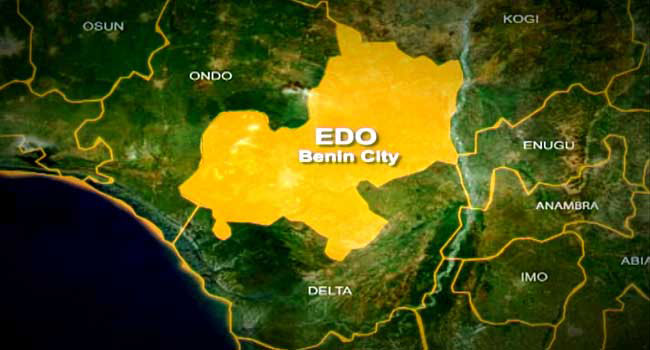
[ad_1]
— OPINION —
The food industry is facing a digital transformation. Going forward, it will be necessary to digitize processes and procedures for food safety in such a way that they can be audited and monitored online.
The signs are clear: digital food safety can no longer be put on the back burner. Initiatives such as “New Era of Smarter Food Safety” by the Food and Drug Administration (FDA) and “Race to the Top” by the Global Food Safety Initiative (GFSI) make it unmistakably clear that the topic of digital track and trace in the food industry is gaining importance. Full traceability is already a prerequisite for certain products to access some Asian markets. China, for example, requires product types to be fully traceable before it will permit it to be sold in its domestic market. Countries like Australia are also very proactive in promoting relevant food safety initiatives.
In addition, manufacturers are also increasingly being confronted by the big players in the food retail sector imposing stricter requirements for farm-to-fork traceability, which must be embedded in digital supply chain management.
In response, food manufacturers must begin focusing on data collection, which is the essential starting point for any project that seeks to improve food safety through greater traceability. The great news is this can also aid other digitalization initiatives that the manufacturer may be working on. For example, the collection, analysis and digital availability of food safety data can also help to optimise the efficiency of production processes.
This is just the start though. Digital food safety is a process in itself, and here are the key steps to take:
Step 1: Conduct an audit of data being collected and current food safety processes
The efficient collection of data is a basic requirement so that it can then be made available across the entire supply chain, in an accessible, i.e. digital, form. Therefore, a comprehensive audit must be carried out to determine the current data status. Many of the required food safety data and processes should already be available in the company and should be well documented, as they should already have been determined in the context of food safety certifications. For example, production line critical control points ought to have been identified through earlier HACCP certification and appropriate inspection systems should already be installed there.
Nevertheless, the audit usually proves to be a challenging task. A look into practice today reveals a highly fragmented picture of how audit data relevant to food safety is recorded, collected and stored in the process flows of manufacturers. It is common to find that this data is already highly networked in part, but it is also often still gathered using tools such as USB sticks, or manually with pen and paper. From a technological point of view, the complexity is demanding, as the systems on the shop floor are of different ages and use a wide variety of protocols, network infrastructures and management processes. Older software solutions and devices in particular were originally not designed for open IoT / Industry 4.0 communication, as is standard today for new investments.
Manufacturers are therefore faced with the challenge of migrating a colourful hodgepodge of hardware and software into a unified digital food safety program. This is no walk in the park, but it is a manageable task. Global standards and communication protocols, uniform ID coding and standardised transformation events meanwhile significantly reduce the level of complexity. Examples are OPC U / A, GS1 Digital Link and EPCIS 2.0.
It cannot be stressed enough how important it is to approach the assessment of the current situation with great care and attention to detail. The more carefully the homework is done in the management of information, the more it pays off in the medium and long term, both for a smooth and cost-efficient migration to digital food safety, and as an enabler for further digitization initiatives.
Step 2: Develop your digitalization strategy
The key strategic questions are, which specific applications need to be mapped, and what are the company’s long-term digitization goals? Are we seeking merely regulatory and market compliance with minimal effort, should the now digitally-available data also be used to optimize the production processes, or should we be aiming for a profound and sustainable digital transformation of the company with a view to IoT and Industry 4.0? Each of these scenarios requires a different plan, schedule, and capital cost. Each scenario has a different outcome.
Data exchange is central to digital track and trace, enabling the identification of the whereabouts of specific batches at a specific point in time in a matter of seconds. The task is to analyse the data pool, to convert analogue processes into digital ones and to find a suitable cloud data management solution.
In this phase of strategic development, it is advisable to talk to suppliers and manufacturers of the systems installed on the shop floor at an early stage. Many companies – as we often find out in our conversations – are surprised at what they are already capable of doing in terms of data acquisition and provision. The digitization of food safety does not mean a complete system replacement as a rule. A simple device upgrade or the purchase of a software option are often sufficient. When selecting a suitable cloud data management provider, it is important to ensure that it is very familiar with the food safety landscape, that it uses open global standards and fully supports the use of the data provided in any web-based application.
Step 3: Secure and build up expertise
All internal and external stakeholders relevant to digital food safety who participate in the process must be identified. It is important to determine which knowledge and know-how is available and where it is available in the company for food safety digitalization. In addition to your own company, a corresponding assessment and evaluation must also be carried out for all partners in the network who are involved in the applications and are supposed to access them. Talking to the stakeholders in the value chain is an important part of the process. Based on this, an overview of the existing expertise and the knowledge gaps that have yet to be closed must be created. Guidelines for data sharing must be formulated and it should be specified who should have access to specific data and information, and in which phases of the product life-cycle they require it.
Step 4: Institutionalise change management
The digitization of food safety is a process that entails organisational changes in work practices and affects the interests of a wide variety of departments in the company – from purchasing to production to marketing. The cultural change associated with this transformation process must be managed proactively and carefully. Employees have to understand and accept that the higher level of data transparency required also includes those involved outside of their own company. Leadership quality and demonstrated commitment to the project are required here in order to drive the changes forward. It is advisable to put together a multi-stakeholder group that works out the common advantages of digitization, but also formulates common reservations and concerns. Senior executive sponsorship and a continuous exchange of information with the management teams on the progress of the transformation programs are essential to keep the change process on track and under control. A road-map with manageable, incremental and intermediate goals must be formulated; Applications are to be identified in which the company can benefit most quickly and easily from digitization.
Summary
By taking a more strategic approach to adopting digital food safety and planning the digital transformation of the supply chain, food manufacturers are well positioned to make the transition inexpensively, with minimal business disruption, and when it is necessary or desirable. Many companies will find – perhaps to their surprise – that they are already in a good starting position to initiate the transformation process. The technology may seem complex, but it is relatively easy to use.
About the author: Ian Scott-Mance, Technology Manager, Mettler-Toledo Product Inspection, has more than 25 years’ experience in digital marketing.
[ad_2]
Source link





